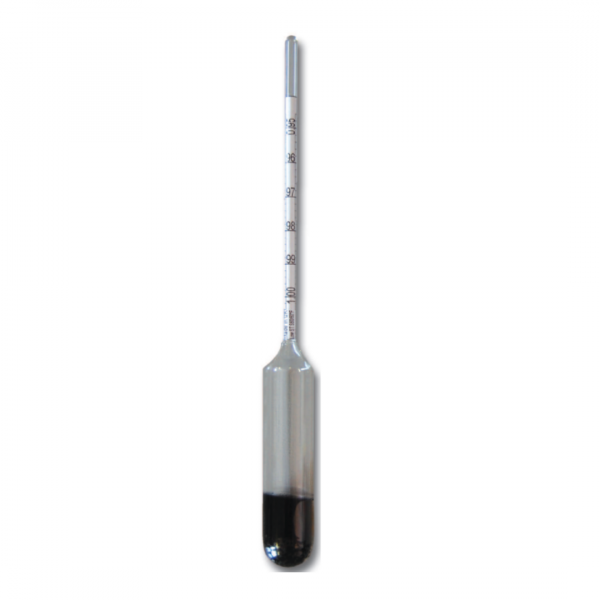

The degree of refraction is directly proportional to the density of the urine. This method gives you the refractive index, the ratio of the velocity of light in air to the velocity of light in the solution being tested. a refractometer or total solids meter, the most accurate method, can determine the density of the solution.You can test USG with one of these methods: 3

If testing won't be done right away, refrigerate the specimen a delay of more than 2 hours can cause unreliable results. If you're testing USG at the bedside, do it soon after collecting the urine, following facility pol icy. Obtain a “clean-catch” or midstream specimen, or follow your facility's policies and procedures. 3 Before you obtain a routine USG (which is part of a urinalysis), certain drugs, including those that increase USG, such as carbenicillin, may need to be discontinued. When ordered separately from the urinalysis, the patient should fast for 12 hours before specimen collection. Who gets the test? USG measurements are indicated in many patients including those with alterations in fluid volume status. As ordered, you may perform specific gravity testing at the patient's bedside or send a urine specimen to the lab. 2 It provides an estimate of urine osmolality if the urine doesn't contain appreciable amounts of protein, glucose, or other large molecules. 1 Measuring USG is an easy and convenient way to gauge a patient's hydration status as well as kidney function. Urine specific gravity (USG) measures the concentration of particles in urine and the density of urine compared with the density of water.


 0 kommentar(er)
0 kommentar(er)
